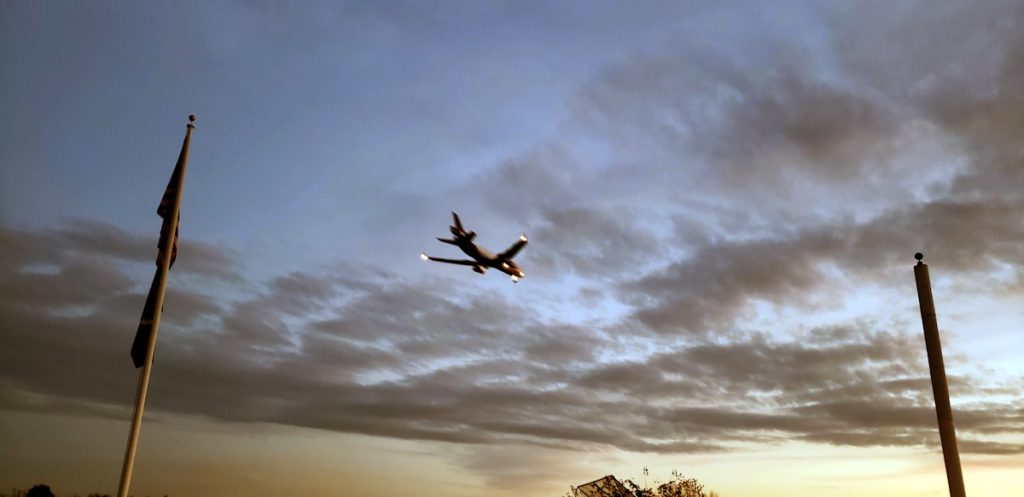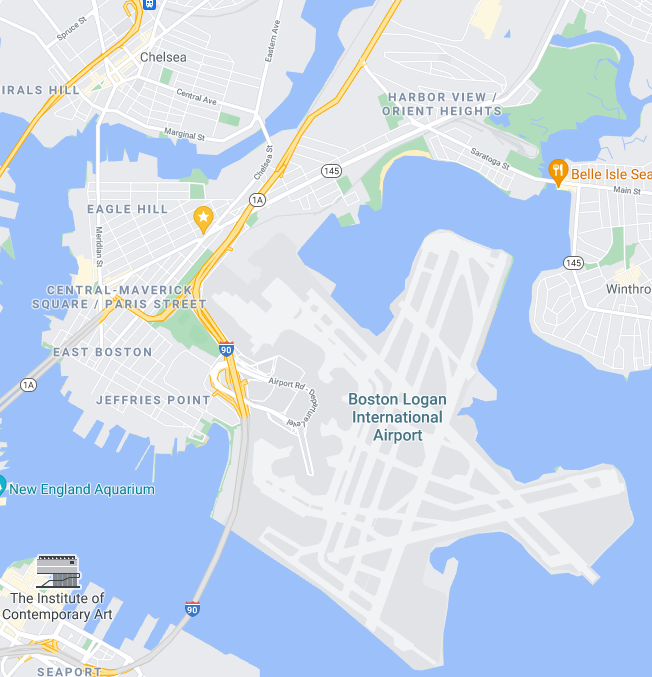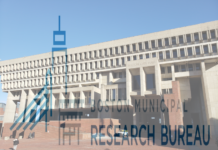
East Boston bears the brunt of Logan Airport’s growth. A New England regional airport system could reduce pollution, noise, and congestion.
By John Vitagliano
Now that Rhode Island’s TF Green Airport has won Travel and Leisure Magazine’s prestigious “Best Airport in America” Awardfor being “easy to get to, easy to park and easy to navigate,” it’s time to consider the development of a fully functional regional airport system. An advantage of a regional system is that three airports — Boston’s Logan Airport, TF Green, and New Hampshire’s Manchester Airport— would operate cooperatively and efficiently to serve the air transportation requirements of three New England states, without overburdening any individual airport.
As it stands now, the three airports operate independently and competitively with air service polices influenced by the financial bottom lines of each airport, rather than by the objective transportation needs of the region. Logan Airport is bursting at the seams, with airside and ground-side systems often operating at and beyond peak capacity.
In fiscal year 2025, Logan served 44 million passengers, a 5 percent increase over FY 2024, the highest ever. The consequential environmental impacts are severe; Logan generates 15 tons of harmful pollutants daily, much of it impacting the airport’s environmental justice community abutters. The airport noise levels significantly affect the quality-of-life of thousands of local residents. All of East Boston suffers from severe Logan environmental impacts and is clearly threatened by more community impacts to accommodate airport expansion, as described herein. East Boston has egregiously lost major sections of its resources, such as Neptune Road, Amerina Field, Woodside Park, and so much more to Logan Airport’s voracious expansion appetite. Logan’s inevitable growth promises more of the same.

Massport, operator of Logan Airport, refuses to implement an effective, community wide soundproofing program as a partial palliative, relying instead on an extremely limited program which will take decades to insulate the most critical neighborhoods.
A feasible model for the organization could be the New York-New Jersey Port Authority Compact of 1921, which successfully operates three major regional airports (JFK, Newark and LaGuardia) as well as two smaller general aviation airports. The governance of the Authority consists of six Commissioners from each State. A comparable approach would be required for a New England regional airport system, based on appropriate representation from the three participating states.
The creation of such a unified regional airport system would require bold political leadership from the three states, with Massachusetts taking the lead, primarily because it would relieve over-dependence on Logan and benefit from its enhanced efficiency. Logan’s proximity to Boston’s central business district was once considered essential to the local economy, but that concept has been largely discarded. For example, the former Denver, Colorado Airport at Stapleton Field was located only three miles from downtown, long viewed as a significant factor in Denver’s rapid economic growth. But, as with Logan, that very proximity became a source of intense community environmental impacts and congested ground transportation systems, to the point where additional airport expansion to accommodate increased air travel demand was infeasible. By the 1980’s plans were underway to replace Stapleton.
The Colorado General Assembly initiated a plan to identify and acquire a site to construct a new airport in 1985, culminating in the opening of Denver International Airport in 1995 and Stapleton was decommissioned. Denver’s new airport is located 25 miles from downtown but connected with excellent highway and rail transit, and Denver’s economy has continued to thrive .
The success of the Denver experience bodes well for a New England Regional Airport system, not because of the availability of 32,000 acres to construct a new airport from scratch (there isn’t) but because of the availability of a suitable alternative to todays overburdened Logan Airport in the form of TF Green and Manchester Airports to function not just as reliever airports for Logan but as primary airports in their own right.
As Denver and other new airports have demonstrated, transit connectivity to downtown is necessary for effective operations. TF Green – which has been ranked as the fastest-growing major airport in the US is currently served by MBTA commuter rail. Manchester Airport is easily accessible to Boston’s North Shore communities while TF Green is convenient to Boston’s densely populated South Shore communities. Both airports are connected to Boston by inter-city bus and limousine services. A regional airport system would provide the basis for significant enhancement of all transit connectivity modes.
There is general agreement in transportation planning circles that the demand for air travel services will continue to increase. In the foreseeable future. Major airlines such as United and Delta are predicting continued future growth at Logan, and Massport’s own 10 to15 year future planning horizon data for Logan predict a 48% increase in passengers and a 31% increase in flights, all through today’s extremely limited facilities. A worrisome thought.
Greater Boston’s reliance on Logan Airport air service monopoly is economically constraining and environmentally pernicious.
The time for regional planning, co-operation and action is now.
John Vitagliano is a former 14-year member of the Massport board and former Boston Transportation Commissioner. He resides in Winthrop.















